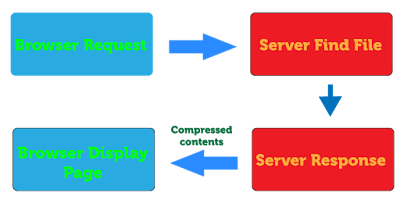HTML Encode / Decode Tool
A fast and easy to use HTML Encoder / Decoder tool that converts all the applicable characters to their equivalent HTML entities. This reliable tool can also decode the encoded strings as well as convert the HTML code to its corresponding JavaScript Unicode string.
Web browsers display web documents using HTML (Hypertext Markup Language). HTML is supported by CSS (Cascading Style Sheets) for design and JavaScript for script rendering.
Web browsers display HTML documents after a request from a web server or local storage system then render the documents into different multimedia format. HTML serves as the structure of a web page and included with default styles of the document.
HTML was created by Tim Berners-Lee in 1991, however only HTML 4.0 received a standardized version combined with international characters. When an HTML document contains characters that is not covered by seven-bit ASCII, two aspects should take into account: information’s integrity, and universal browser display.
ASCII is the most widely used character encoding standard for electronic communication. It is used on computers and other electronic text encoding system. ASCII is the first character encoding standard with 128 different characters which include English Letters, numbers, and common special characters. ASCII encodes mostly the upper and lowercase Latin characters, number from 0-9, and other extra characters when combined consist of 128 characters.
Encoding an HTML document means converting the special characters that are not covered by normal seven-bit ASCII into a standardized format. The encoded request is then sent to the server in the form of header information so browsers can correctly display the documents.
Browsers can properly display text or string if its correctly encoded. When you copy a text from a webpage, you are copying the decoded characters the browsers do not display. ASCII characters must be encoded first to display the right output.
HTML uses a special set of characters to help browsers display the equivalent entity reference code.
The standard HTML character entity reference is &, sided with some code, following by spaces between.
HTML Encoder / Decoder tool can help you convert characters to its equivalent entity.
HTML Encoder
HTML Encode converts your ASCII codes into HTML entities. Every entity has its own meaning and character code conveys the same message.
An HTML entity begins with ampersand (&) and ends with a semicolon (;). To display a reserved character entities are frequently used which are then converted as HTML code. For characters that are difficult to type in normal keyboard, you can use an HTML entity to replace them.
Browsers recognizes HTML special characters as part of the HTML language itself. As an example, greater-then > character cannot be directly used in the HTML code because browsers will render it as a closing HTML tag. To make the page understand it, we must write it as “>”.
HTML Decoder
Decoding an HTML character is doing the opposite process. It converts back all the entities to its original form. The process decodes the string which contains numeric HTML characters and output it as decoded characters.
HTML Encode tool can also convert HTML code into its equivalent JavaScript Unicode string which gives a scrambled code when you view your source HTML, but at the same time still executing the page normally.


